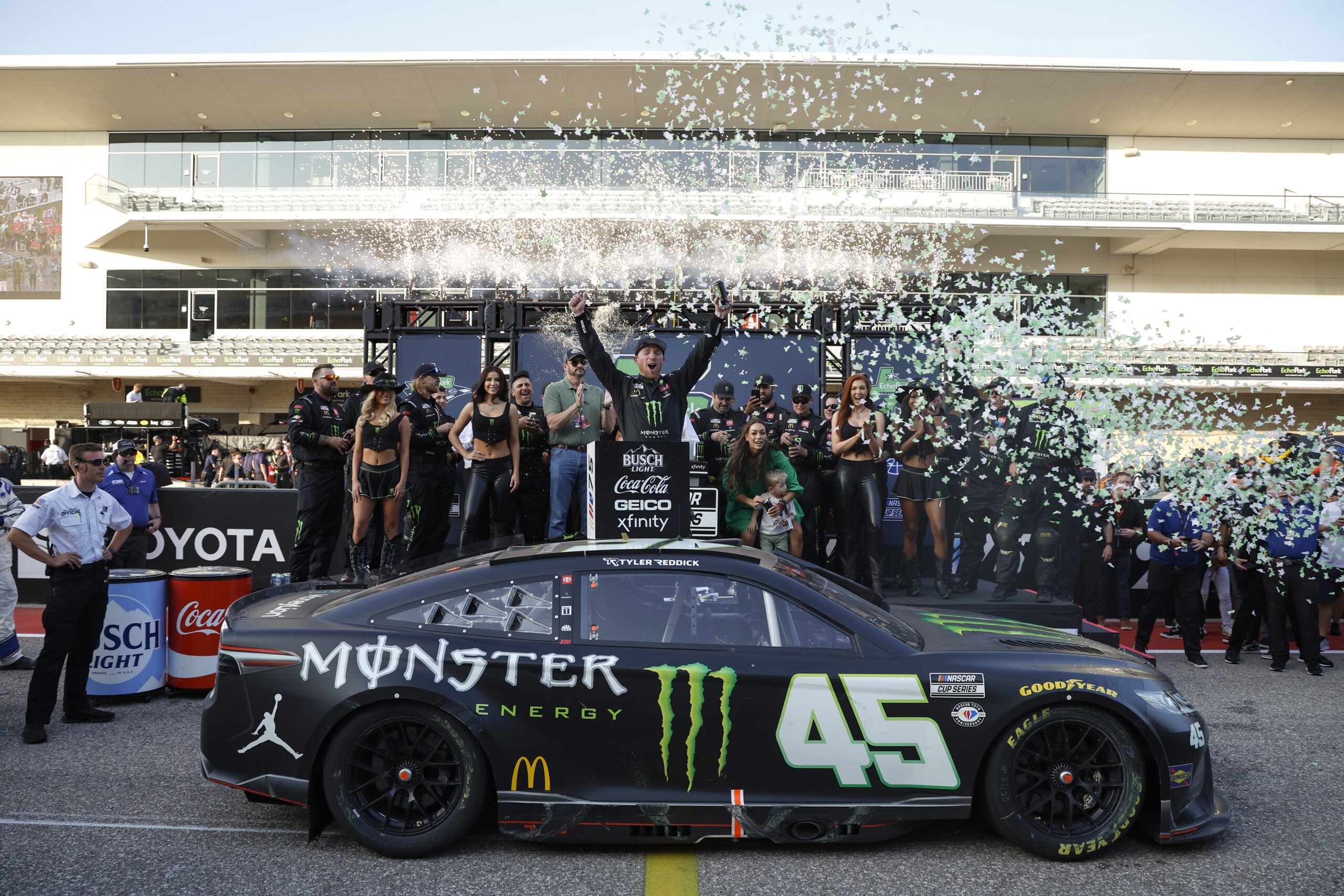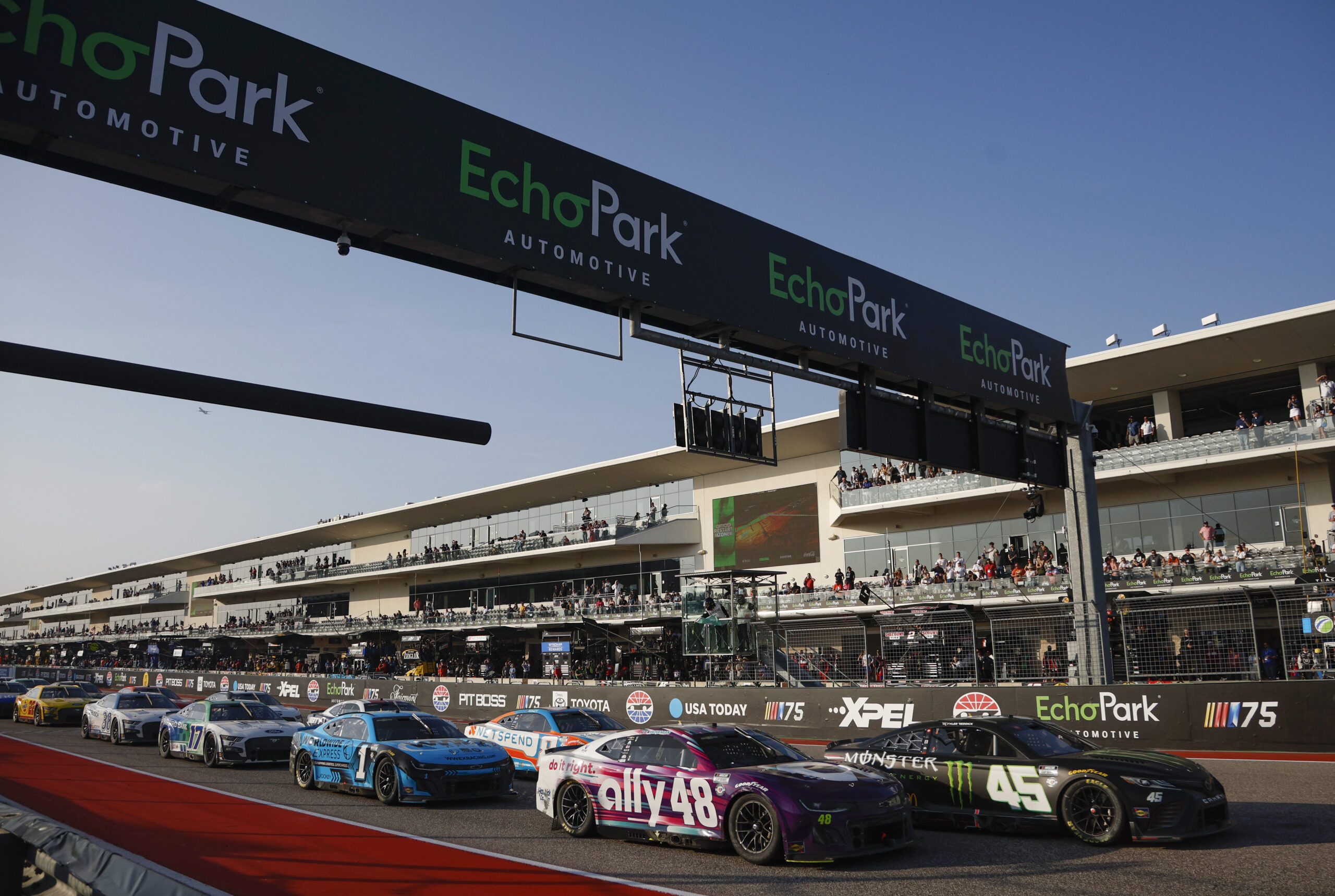Matt Weaver summed it up best.
Sunday’s EchoPark Automotive Texas Grand Prix at Circuit of the Americas showcased NASCAR at both its best and dumbest. With the former, you witnessed two generational talents duke it out for the victory. Furthermore, the lack of stage breaks added layers of strategy that road course races in NASCAR lacked for years. With the latter, however, a great race turned into a face palm-inducing crash fest.
So without further adieu, let’s dive into the Three Big Stories of the NASCAR Cup Series at COTA.
1. A master class of driving between two generational talents
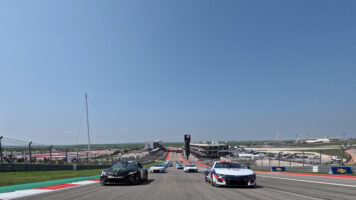
On the Lap 44 restart, Tyler Reddick overshot Turn 1, and William Byron drove underneath him to retake the lead. For much of the remaining laps, they put on a battle that showcased NASCAR at its best.
“We made it a battle for sure every time with crossovers, out-braking each other… that was a lot of fun,” Byron said.
With five to go, Byron got loose off Turn 10 and Reddick pounced. He pulled to Byron’s inside in Turn 11, drag-raced him down the backstretch and ran him off the track to take the lead.
To borrow a line from former NASCAR Chairman and CEO, Brian France, this was “quintessential NASCAR.” Only instead of a poorly handled fustercluck over three races, it was two generational talents using every inch of real estate and an aero package on the razor’s edge of control to fight it out for the victory.
2. The return of strategy to road course races
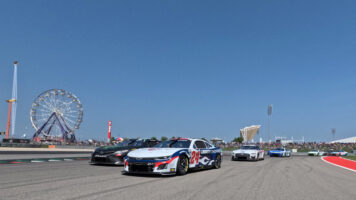
Before a caution on Lap 40 put the field onto equal tires, multiple pit stop strategies played out.
Byron, on a two-stop plan, pitted from the lead on Lap 24. Reddick, on a three-stop race, pitted from the lead on Lap 32. Byron cycled back to the lead, but with an eight-lap tire difference, Reddick reeled in Byron with ease. He cut the lead by three seconds, in the span of two laps.
On Lap 39, Reddick overtook him with ease in Turn 1.
None of this happens if NASCAR throws a caution to end stages.
“Well, it certainly allows the race to play out more naturally, which I feel like in the spirit of road course racing, in my opinion, that’s what it should be more about,” Reddick said. “We had the natural cautions towards the end there with people having tire failures and issues to bring out the cautions to have the exciting green-white-checkered finishes.”
All stage breaks did, since 2017, was interrupt the flow of a race and removed an element of strategy. As a result, the quality of racing at road courses (and to an extent, Pocono Raceway) diminished. After all, why short-pit, when you’d get two free pit stops with stage breaks?
“From my perspective, I enjoyed it more today,” Reddick said. “It was about maximizing your pace on the racetrack and minimizing the mistakes because depending on what strategy you had, if you made a mistake, you’re going to be costing yourself track position as the race just played out.”
With five more road course races left on the Cup Series schedule, you’ll have a strong case for NASCAR doing away with stage breaks everywhere.
That was some dumb, dumb, DUMB racing at the finish
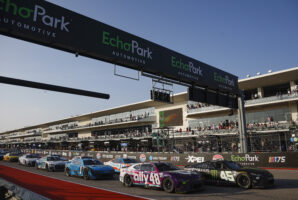
If everything I mentioned above was some of NASCAR at its best, then the overtime calamities were some of NASCAR at its dumbest.
Three separate times, cars accordioned into each other and spun others out at the crest of Turn 1. Once or twice, I get it. It happens. But after three times, on each overtime attempt, I just think, “What the hell are we doing, guys?”
“The end of the race became a typical NASCAR road course race,” Austin Dillon said. “It was just a mess.”
Honestly, I don’t know how you fix it.
Perhaps single-file restarts in overtime cuts down on it, but in that scenario, what’s to stop the driver in second from dive-bombing the race leader in Turn 1?
NASCAR won’t penalize drivers for contact (well, up to an extreme point) like IndyCar and Formula 1 do. Bumping and banging are woven into the league’s DNA. So unless there’s a seismic shift in thinking from the heads in Daytona, that’s a non-starter.
Well, we’ll see if this also happens in a few months at Sonoma Raceway.

